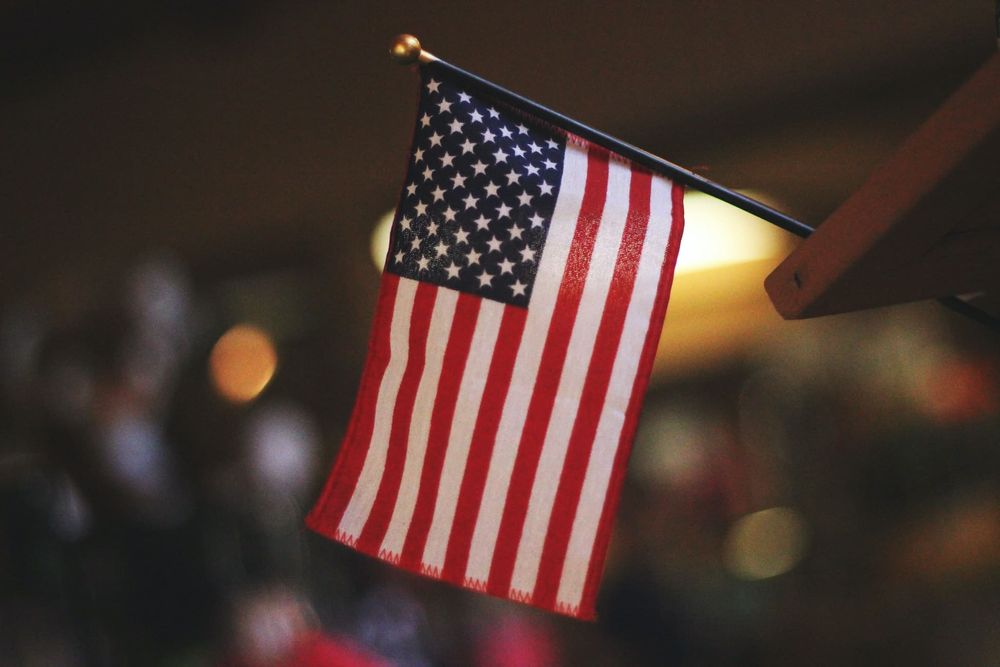
Understanding the $2T Rescue Package for Covid-19 Relief
After COVID-19 was officially declared a pandemic by the WHO, the effects of it were seen throughout the USA. As a result, many businesses were squandering, and many individuals were trying to contemplate what was next for them. The government had to come to the country’s aid and designed a plan that would stabilize the country for at least a short while. They hoped to move one step closer to developing a cure for this disease and bring back America from this downfall. So, after lots of discussion by both political parties, they created a $2 trillion stimulus package. But this plan has a lot to unravel, so here are the main highlights to help you better understand this bill.
What is the CARES Act?
The actual name of the stimulus package is the Coronavirus Aid, Relief, and Economic Security Act, or CARES Act for short. What this act represents is a relief package of $2 trillion that aims to support the economy that’s currently spiraling in a downward trajectory. This bill, after negotiations from both Democrats and Republicans, was passed by votes of 96-0 in the Senate on 25th March 2020. Then this bill became law on 27th March 2020 after President Donald Trump signed it.
What Does this Stimulus Package Entail for the United States?
This legislation will bring initial aid to many different areas of the economy, and this is a simplified breakdown of the main areas that this bill stands to serve.
Aid for Individuals
The individuals will get a decent amount of aid because of this package. First, an individual who is making up to $75,000 per year will get $1,200 either through direct deposit (if the IRS has the person’s banking information) or by check, and it will be based on the 2019 tax return. If the person has not filed their tax return for 2019, then the IRS will look into their 2018 tax return.
If you are married, then if they have a combined income of under $150,000, they would receive $2400. And if they have children under the age of 16, then they would get $500 for each child. However, the benefits start to diminish if a person has made more than $75,000 in the previous year. The money received is tax-free because, essentially, this is a tax rebate.
If a person has a student loan, then payments have been suspended by the government without a penalty until September 30th to reduce the burden on the masses. This bill also aided unemployment benefits for eligible people out of a job, self-employed, and who work part-time, by adding $600 weekly to the unemployment payments, extending up to 12 weeks, depending upon which state that person lives in.
Aid for Businesses
This bill has a lot in store for businesses. For small businesses, the package sets aside around $370 billion as loans so they can keep paying their employees, utilities, and other mandatory payments. The government has allocated $450 billion for retail establishments to take out loans for support due to the pandemic.
Big businesses in the industry are also aided in this bill, and the treasury department features $500 billion in the form of loans and investments. For cargo plane companies, they have allocated $4 billion for support in loans, $25 billion has been set aside for airline companies carrying passengers, $17 billion for airline companies that serve the national security, and the rest of the aid is for other businesses. But these loans have stipulations as they have to maintain an employment rate up to 90% and cannot use the money to issue bonuses or dividends for shareholders.
Aid for Health Care
Hospitals are in dire need of resources as they are in the front lines of this fight against COVID-19, and the bill announces a $100 billion stimulus for hospitals to fund doctors, medical suppliers, administrative services, etc. They have also set aside $16 billion for essential medical supplies like personal protective equipment. For patients who have suffered and were hospitalized due to COVID-19, the government has increased reimbursement of costs under Medicare by 20%. Also, there has been a 50% reduction in taxes paid due to payroll for health care and other non-health-related businesses.
Aid for Other Sectors
The Emergency Food Assistance Program, which helps countless American citizens who do not have the money to afford food, is getting $450 million to keep the program going as more people will be unemployed and would require their services. The government is also setting aside $350 million to help migrants and refugees that flee their countries to seek asylum.


